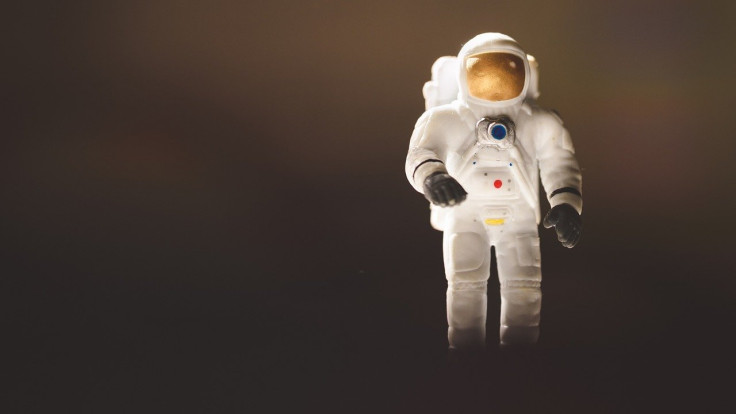How A NASA-Funded Material Is Helping Ease Hot Flashes During Menopause
KEY POINTS
- The material came about during NASA's search to improve space suit gloves
- The technology never made it to space but has found many other uses
- Many other NASA-funded technologies have shown Earth-based applications
People may associate NASA with space exploration, but a lot of their technology has also indirectly impacted life here on Earth. One of these is helping ease an extremely uncomfortable symptom that many women face during menopause -- hot flashes.
Hot flashes are often used as a stereotype for those going through menopause, but they can actually be quite uncomfortable. It is when a sudden feeling of warmth takes over the body, often in the face, chest and neck, causing extreme sweating, the Mayo Clinic explained.
As uncomfortable as the heat can be, hot flashes can also cause chills afterward if an individual loses too much body heat, and may even disrupt sleep if it happens at night.
One of the technologies funded by NASA in the 1980's is now helping to ease this common, yet often bothersome, symptom of menopause, the space agency explained in a feature.
At the time, the agency was looking for ways to "improve insulation in space suit gloves," so it entered a contract with Triangle Research and Development Corporation to look at phase-change material that can maintain steady temperature while changing their phase.
Although the company could show the "temperature-stabilizing" fabric's effectiveness as an insert in a spacesuit glove, it never really reached space, NASA revealed. Eventually, Outlast Technologies gained the patent for the material, and gave it the name Outlast.
Enter Louise Nicholson, a textile marketer looking for options to help people stay comfortable amid hot flashes during menopause.
"I did some initial research to find out what was on the market, and there was absolutely nothing apart from nightwear," Nicholson said, as per NASA.
In fact, the fabrics she found were often cooling ones, which means that they're not exactly conducive to the chills that tend to follow the hot flashes.
But by using Outlast, the clothing under Nicholson's Fifty One Apparel actually maintains the temperature-regulating properties of the material, NASA noted. And from the initial line that came in four styles, it has now expanded also to products such as scarves, night wear and face masks.
"Fifty One Apparel has been developed from a belief that there is a need for a clothing range that caters to women suffering with symptoms during menopause," the company noted.
Hot flashes, that feeling of intense heat, is an uncomfortable symptom those entering menopause are likely to battle. Now, a material funded in part by @NASA with spacesuit applications in mind, is helping them look and stay cool: https://t.co/1XeVQQxINP pic.twitter.com/o5qddNzasy
— NASA Spinoff (@NASAspinoff) September 2, 2022
This, of course, is an addition to the other uses of the material, which has also been utilized in other products such as underwear, desk chairs and even race car drivers.
This is also an excellent example of how NASA technologies have made their way to technology for the Earth.
For instance, the technology that was developed as a part of the development of the James Webb Space Telescope also helped improve the precision of LASIK eye surgery. Furthermore, an "ultra-thin, flexible" heat shield material developed by the agency has also found many uses, from race cars to medical sensors and computers.

© Copyright IBTimes 2025. All rights reserved.






















